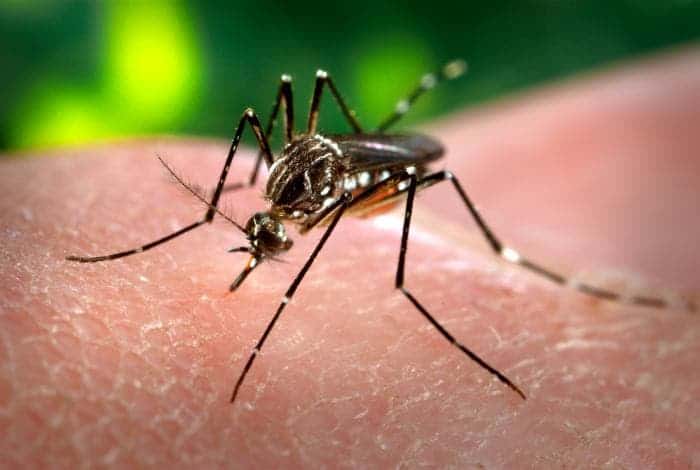The mosquito-borne Zika virus seems to have spread from Brazil to Colombia, as more than 13,500 people are already infected in the Latin country and 700,000 more could become so in the future, the health minister warned.

The Zika virus is in the same family as the viruses that cause dengue, yellow fever, West Nile and Japanese encephalitis – and can be just as dangerous. It causes mild symptoms in most people, but it can have devastating effects, especially causing microcephaly – a condition in which infants are born with shrunken skulls.
It is believed that the virus was brought to Brazil by African and Asian tourists during the 2014 World Cup as Zika is not endemic to South America. Unfortunately, the virus seems to have spread, and Colombia is already experiencing a worrying infection rate, according to health minister Alejandro Gaviria.
“We expect an expansion similar to what we had with the chikungunya virus last year, to finish with between 600,000 to 700,000 cases,” Gaviria said.
It’s also estimated that over 500 pregnant women are infected with the virus, raising further concerns about microcephaly. Thankfully, no cases have been recorded yet but authorities are keeping their eyes open. The U.S. Center for Disease Control and Prevention has already issued a warning to pregnant women to avoid traveling to 14 countries, including Colombia, and territories in the Caribbean and Latin America affected by the virus.






